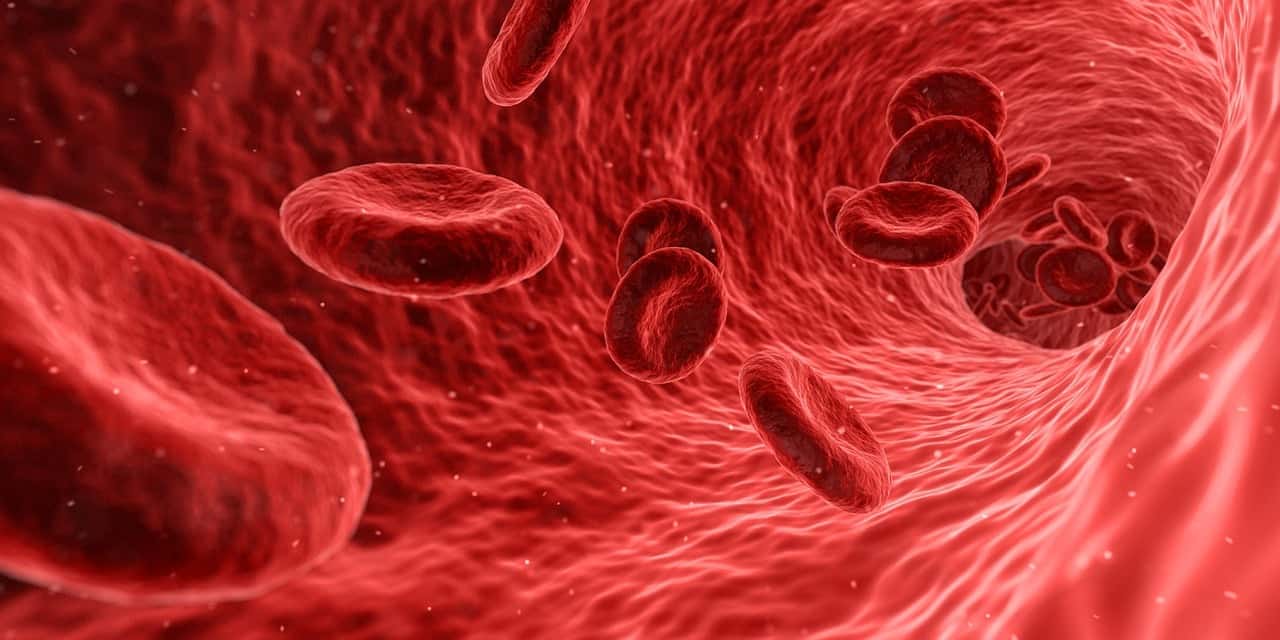
Venules are small veins that take blood from the capillaries and transfer it to the common veins.
Venules are small veins that function as a link between larger veins and capillaries . These blood vessels, therefore, join the veins at one end and the capillaries at the other.
It can be said that venules are small veins that are responsible for collecting blood from the capillaries and carrying it to the common veins. In this way, venules play a very important role in the return of blood to the heart .
It is important to remember, at this point, that blood is a liquid composed of plasma and different types of cells in suspension ( platelets , red blood cells , white blood cells ). Through the blood, nutrients and oxygen are distributed throughout the body and waste substances are collected.
Structure of the venules
Regarding the structure of the venules, it is similar to that of the veins.
Venules have an internal layer (endothelium) and an adventitial or external layer (a fibrous connective tissue), although they lack the elastic tissue that, in veins, is located between both sectors.
The endothelium covers the internal space of the venules. Although in the past it was believed that it was nothing more than a barrier, which fulfilled the function of exchanging waste and nutrients , in addition to having blood cells and plasma, today we know that it is a true organ, with the ability to synthesize and secrete various products.
The adventitia is located on the outside and is also known as the tunica adventitia . It is the more complex of the two, the nucleus where essential processes for the functioning of the venules are carried out.
The venous system
The venous system is made up of venules, veins and venous capillaries. Its function is to transport blood that is already deoxygenated and carries waste and carbon dioxide , traveling parallel to the one developed by the arterial system , although in the opposite direction, back to the heart.
It is possible to classify the venous system as superficial and deep . In the first we find the great saphenous and small saphenous veins, which transport blood from the cutaneous and subcutaneous tissues , where its accumulation takes place, to the deep veins. Regarding the deep venous system, we can say that it has the popliteal, iliac and femoral veins, among others. They are generally arranged parallel to the complementary arteries.
Blood vessel
A blood vessel is a hollow, tubular element that is part of the circulatory system and transports the blood that the heart drives. Venules are a type of blood vessel. Among the vessels we also find veins, capillaries, arterioles and arteries . In the specific case of the venules, the return of blood to the heart begins through them after having passed through the capillaries.
Broadly speaking, blood vessels must carry waste, oxygen and nutrients. The arteries are what begin the transport of blood and the veins are what complete it, taking it back to the heart . Of the various diseases associated with blood vessels, the following two are the most common:

Venules are part of the venous system.
vasculitis : it is not a single one, but a group of disorders that are accompanied by inflammation in the walls of blood vessels;
arteriosclerosis : plaques form in the arteries and little by little the blood finds it more difficult to pass through them, until they become completely blocked.
